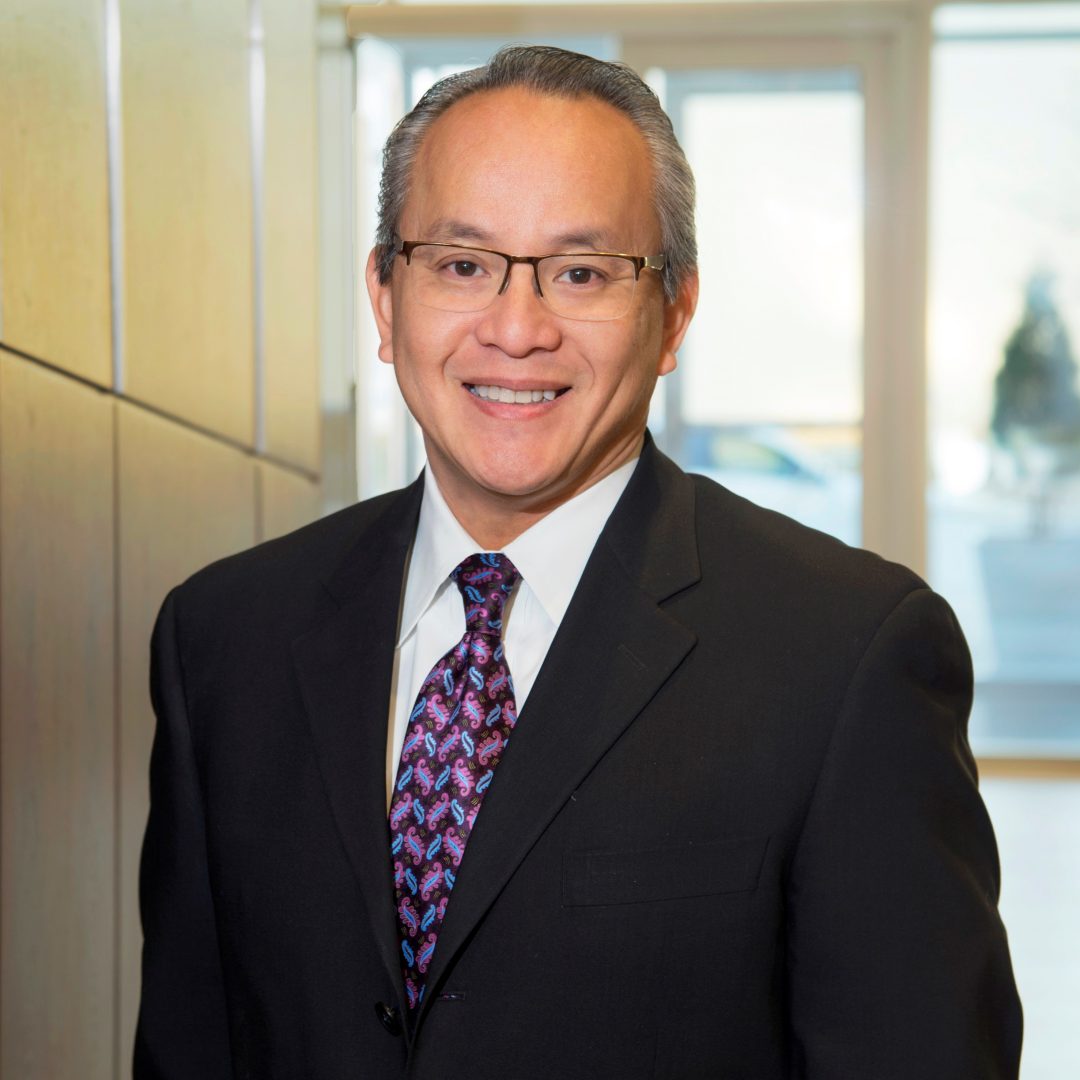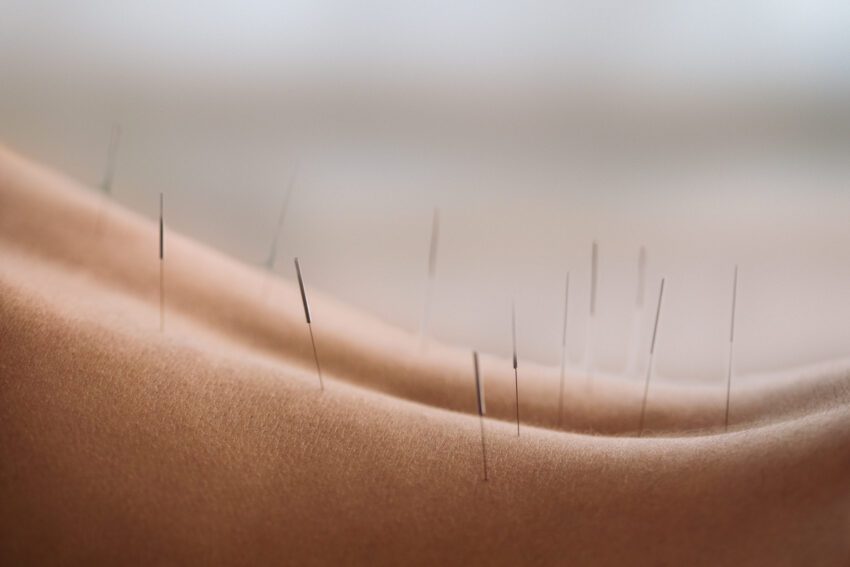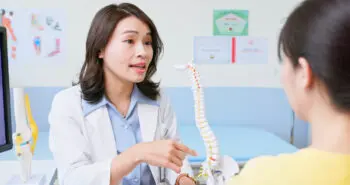Medical Acupuncture for Pain Management
Acupuncture is among the oldest healing arts in the world as it has been practiced in China and other Asian countries for thousands of years. It is a discipline extracted from a complex heritage of Chinese medicine that includes massage, manipulation, stretching, breathing exercises, and herbal remedies. The earliest source of acupuncture teaching and theory is the Huang Di Nei Jing (the Yellow Emperor’s Inner Classic) dating as old as the Han dynasty in the 2nd century BC. The Nei Jing theory regarded the human body as a microscopic reflection of the universe and considered the acupuncturist’s role that of maintaining the body’s harmonious balance. A second text, the Nan Jing (the Classic of Difficult Issues) written later, during the Han dynasty in the 1st and 2nd centuries AD, further expanded and advanced the theories of points and channels to address the etiology of illness, diagnosis, and therapeutic needling.
The term “acupuncture” describes a family of procedures involving the stimulation of anatomical points on the body using a variety of techniques. The acupuncture technique that has been most often studied scientifically involves inserting thin, metallic, specialized needles into the skin which are then manipulated manually or electrically. In traditional Chinese medicine (TCM), the body is seen as a delicate balance of two opposing and inseparable forces: yin and yang. Yin represents the cold, slow, or passive principle, while Yang represents the hot, excited, or active principle. In TCM, good health is achieved by maintaining the body in a balanced state. Disease, illness, and pain are attributed to an internal imbalance of Yin and Yang. This imbalance leads to blockage in the natural flow of Qi, vital energy, along certain pathways referred as meridians. Acupuncture is used at specific points along the certain meridians where the Qi is felt to be blocked.
Medical acupuncture is acupuncture that has been successfully incorporated into the medical or allied health practices in Western countries. In the United States, acupuncture came to be more accepted and embraced by practitioners after a New York Times reporter, James Reston, described his experience for his post-appendectomy pain control using acupuncture needles.1 Since that time, guidelines for education, practice, and regulation in acupuncture have been established and implemented within state, national, and international societies.
Acupuncture & Pain
Pain is a feeling triggered in the nervous system. It can be experienced as sharp or dull, intermittent or constant, localized or diffused. Pain can be a signal from the body to indicate illness or injuries. Although most pain resolves once the underlying insult is addressed, it has the potential to last for a prolonged period of time, from months to even years. Occasionally, pain can persist chronically due to abnormal activity in the pain-sensing regions of the brain from phenomena such as central sensitization and neuroplasticity.
Physical pain is a common occurrence for many Americans. To relieve their pain, people try various treatments and regimens to help ease their pain. Many pain sufferers take over-the-counter anti-inflammatory medications and even stronger prescription narcotic analgesics. Other people try non-medicinal approaches to help with their pain such as physical and occupational therapy, cognitive behavioral therapies, and complimentary alternative medicine (CAM). Examples of CAM therapies include spinal manipulation, osteopathy, and acupuncture.
While acupuncture has been widely studied for various painful conditions such as postoperative pain, dental pain, carpal tunnel syndrome, tennis elbow, headache, sinusitis, osteoarthritis, fibromyalgia, and low back pain, the exact mechanism is unknown. It is believed that the acupuncture can activate the endogenous opioid peptide system to influence the body’s regulatory system by changing the processing and perception of painful, noxious stimuli at various levels of the central nervous system. Two models of systems of acupuncture have been hypothesized with one involving an endorphin-dependent system and the other involving a monoamine-dependent system.2
Evaluation & Treatment
In an acupuncture evaluation, the initial consultation with the patient is similar to that of any conventional allopathic medical interview and examination. In addition, the practitioner may ask you at length about your health condition, lifestyle, and behavior. For acupuncture, several diagnostic somatotropic systems such as the tongue, radial pulses, and external ear may be used to evaluate the balance of relative strengths or weaknesses within the organs.
Treatment strategies are aimed at activating the appropriate layers of the energy circulation network to address each problem and blockage of Qi. For simple strains and sprains, a treatment may consists of a dispersion of needles surrounding the local region or along the appropriate tendinomuscular meridian. Long-standing musculoskeletal pain may need placement of needles around one of the principal meridian circuits, occasionally with additional electrical stimulation, to encourage energy flow through the flow obstruction.
Acupuncture needles are metallic, solid, and hair-thin. Patients experience acupuncture differently. Most patients feel no or minimal pain as the needles are inserted superficially. Needles are inserted to the depth necessary to elicit the patient’s sensation of de qi or needle grab, a dull ache that radiates from the point. Acupuncture needles remain inserted for 15 to 30 minutes. Patients receiving acupuncture treatment may either feel energized or relaxed after the treatment. Patient visits are usually scheduled once a week for four to six weeks initially. However, the frequency and length of treatments may vary depending on the condition being addressed.
Conditions for Acupuncture
In the United States, acupuncture has found its greatest acceptance and benefit in the treatment and management of musculoskeletal pain. Acute musculoskeletal and myofascial conditions such as sprains, strains, spasms, and contusions are among the problems most frequently and successfully treated to resolution with acupuncture. In such cases, acupuncture can be legitimately considered as a first line of treatment. Chronic musculoskeletal pain problems are also commonly and appropriately treated with acupuncture, but more as an adjunctive therapy. According to the practice guidelines issued by the American Pain Society and the American College of Physicians in 2007, acupuncture is one of the CAM therapies that practitioners should consider for patients with chronic low back pain that has been refractory to conventional treatment.
Acupuncture can help people with chronic low back pain feel less bothered by their symptoms and function better in their daily activities, according to the largest randomized trial of its kind, published in the May 11, 2009 Archives of Internal Medicine and called the SPINE (Stimulating Points to Investigate Needling Efficacy) trial. “This study of 638 adults who had never had acupuncture suggests that acupuncture is about as effective as other treatments for chronic back pain that have been found helpful,” said SPINE trial leader Daniel C. Cherkin, PhD, a senior investigator at Group Health Center for Health Studies in Seattle.
Acupuncture has also been studied for various painful conditions. Some examples of pain conditions treated with acupuncture include, but are not limited to, carpal tunnel syndrome, fibromyalgia, headache/migraine, low back pain, menstrual cramps, neck pain, osteoarthritis/knee pain, postoperative pain, and tennis elbow. Other non-painful conditions treated with acupuncture include depression, sinusitis/allergies, hypertension, and infertility.
Adverse Effects & Risks of Acupuncture
In the hands of a medically trained practitioner, acupuncture is a safe therapy. Relatively few complications from acupuncture have been reported. Serious adverse events related to acupuncture are rare. Theses risks arise from consequences of penetrating the body with a needle, including syncope, punctured organ, infection, and retained needle. Pneumothorax (air in the chest causing lung collapse) is the most frequently reported complication.

Thomas T. Nguyen, MD, DABPMR
Virginia Spine Institute



